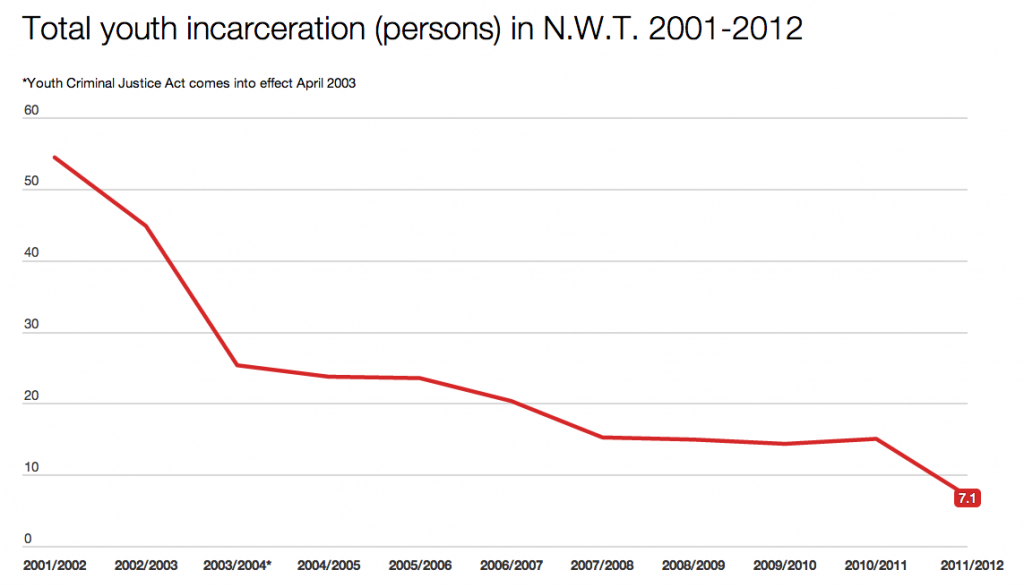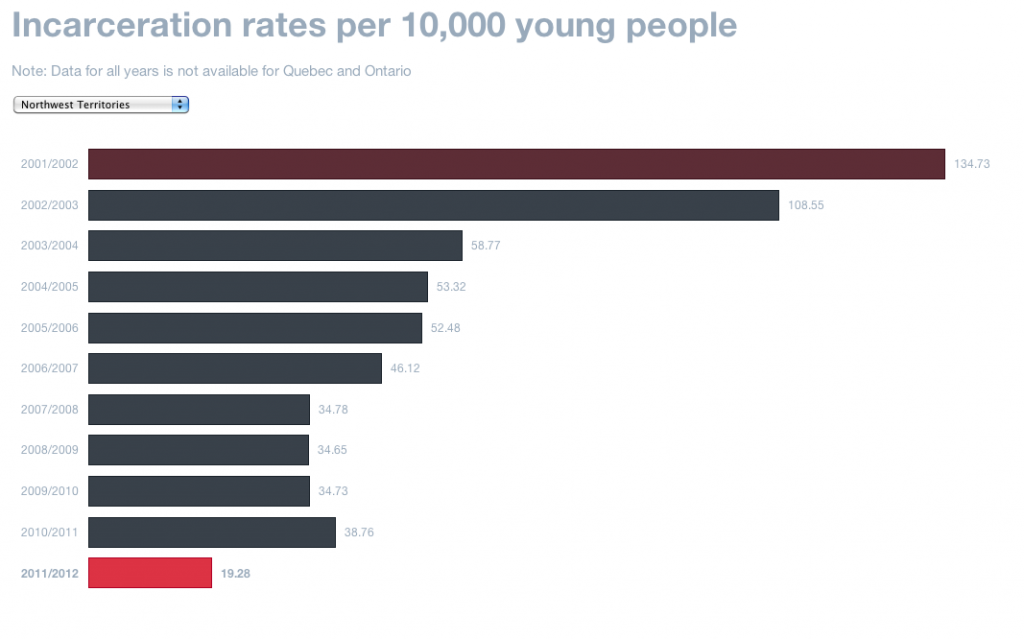Downloading the government:
How Canada’s open data stacks up worldwide
By Erika Stark
The Canadian government’s open data initiatives rank among the top 10 countries worldwide, according to a recent report. But data experts and observers say that while the quantity of data made available by the federal government might look impressive, it still lacks a real impact on government accountability and transparency.
Open data: The practice that makes data freely available by way of portals, metadata, and search tools for reuse by governments, citizens, voluntary organizations, academia, and the private sector in new and unanticipated ways.
– source, data.gc.ca
Canada’s federal open data
The federal government relaunched its open data portal in June. Twenty-five government departments and agencies so far have datasets that are openly available through the portal. Of the 197,825 datasets available as of Oct. 31, 96 per cent are from Natural Resources Canada. The next highest number of datasets for a single department was the 5,396 from Statistics Canada. Thirteen departments, including Elections Canada, the Canada Revenue agency and Public Safety Canada, had less than 10 datasets each.
“The open data portal is a starting place,” said Jeff Sallot, a journalism instructor at Carleton University.
But Sallot said the portal still leaves a lot to be desired.
“I don’t want to dismiss it as window-dressing,” he continued. “I think that there’s a potential there and I applaud the government’s recognition of the importance of new, online ways for citizens for access government information.”
Tracey Lauriault, a postdoctoral researcher at the National Institute for Regional and Spatial Analysis in Maynooth, Ireland, said Canada can “do better.”

“Canada, overall, is doing very well on the open data front,” she said. “We’re a rich country, we’re very evolved with respect to information technology and we can do much better.”
Top ten in the world
The Open Data Barometer, a global report organized by the Open Data Institute and the Web Foundation, ranked and compared 77 countries, with Canada ranking eighth overall. (The U.K. and U.S. ranked first and second, respectively).
The report broke down the rankings into three main subcategories – readiness, implementation and impact. Canada scored 79 for on a 100-point scale for open data readiness, meaning the country’s “capacity to secure and sustain the full benefits of open data.”
For implementation, which focused on the kind of data available as well as how accessible it was, Canada scored 69. Lastly, the country received just 52 points for the potential impact its open government data could have on a range of things including accountability, entrepreneurial use and government efficiency.
In the report, Canada scored well for openness and availability of data relating to government spending, public transport timetables, election results and map data. Conversely, it ranked poorly on land ownership, government budget and legislation.
Open data, not open government
More access to open data doesn’t translate into a more open government in Canada, said Lauriault. She said the muzzling of government scientists, the cancellation of a long-form census, and the lack of a research data archive demonstrate the government’s lack of openness.
“The federal government has released a portal, but it is not an open government,” she said.
Sallot agreed, also pointing to the country’s outdated access to information legislation. “On politically sensitive pieces of information, the government is not forthcoming,” he said.
While it’s not a catch-all solution, Sallot said increased access to open data can improve openness and accountability within individual government departments.
“The default position of every agency that is funded in any way by government has to be for openness,” he says. “Digital data is so easy to put out there. There were some actual physical limitations on the whole process 30 years ago. That doesn’t exist anymore.”
“If you’re a government agency and you cannot locate your data, you’ve got a real problem.”
Cities leading the way in open data
While the federal government might be lagging behind many of its counterparts in its open data initiatives, Lauriault pointed to Canadian cities as the “champions” of open data. Approximately 37 cities, towns and municipalities across the country have some sort of open data portal.
Provincially, B.C., Alberta, Manitoba, Ontario, Quebec, New Brunswick, the Northwest Territories and Yukon also have open data sites. (Click here for a comprehensive list of government-led open data portals in Canada.)
SEE BELOW: Canadian municipalities with open data portals
(source: datalibre.ca and data.gc.ca)
“They came out the door first, they were the ones who did the first open data portals,” said Lauriault.
These smaller-scale data portals can be invaluable tools not only for researchers but for advocacy and community groups to make “evidence-based” arguments and decisions, says Bianca Wylie, the co-founder of the nascent Canadian Open Data Institute.

The institute’s mandate is to educate and connect stakeholders with open data in their communities. People looking for information on development permits, city planning or affordable housing might not call it “open data,” but usually, that’s what it is, Wylie said.
“To them, it’s just information,” she explained. “There are so many scales of what you consider data, a lot of the time it’s just information that’s sitting with the city. As an advocate, you want to make evidence-based arguments.”
While she applauded the federal and provincial governments and municipalities for their efforts, Lauriault said all levels of government still need to improve the kind of open data they provide.
“They’ve got some data, but they don’t have the hard stuff,” she said. “Do we fare well? I guess we do because we have lots of portals and lots of initiatives.”
“But are the really difficult data that we want available? No, they’re not.”









